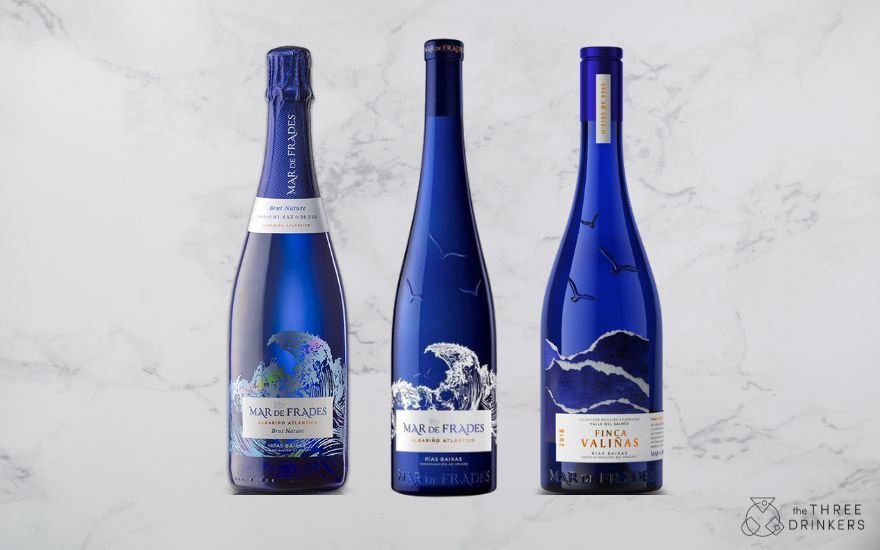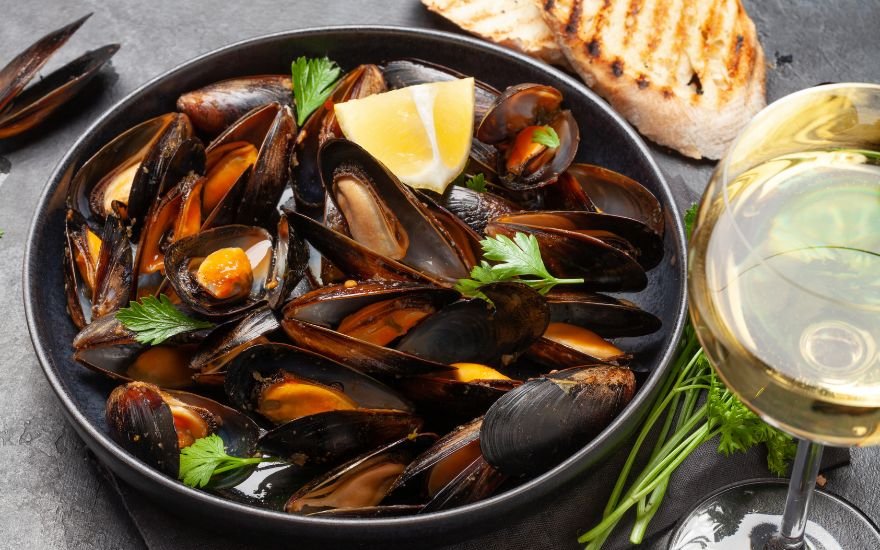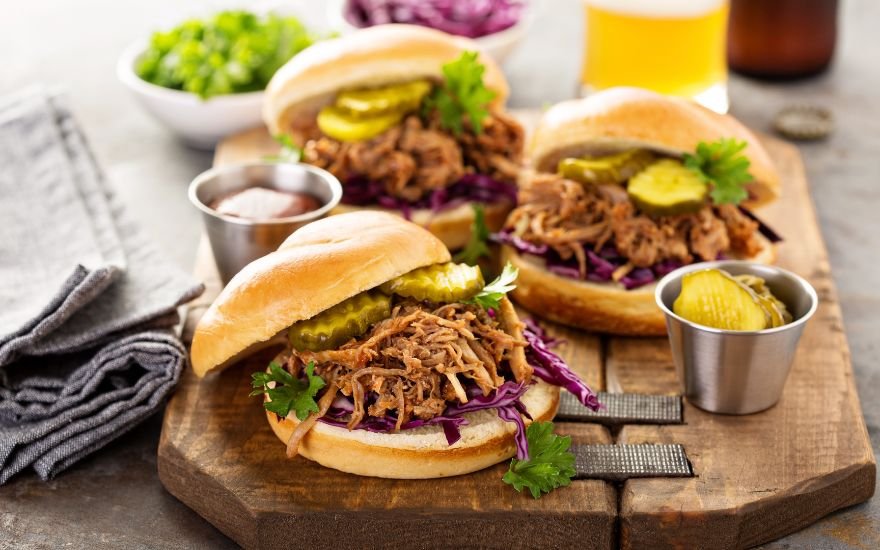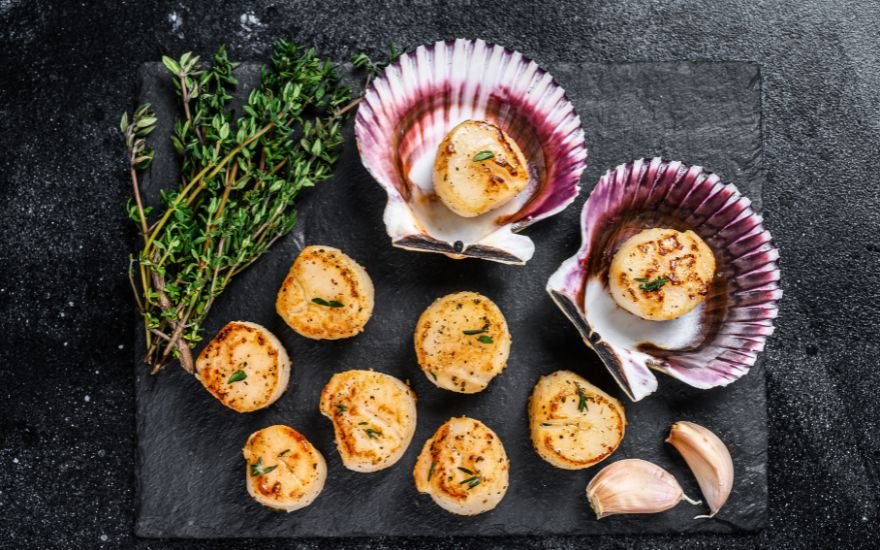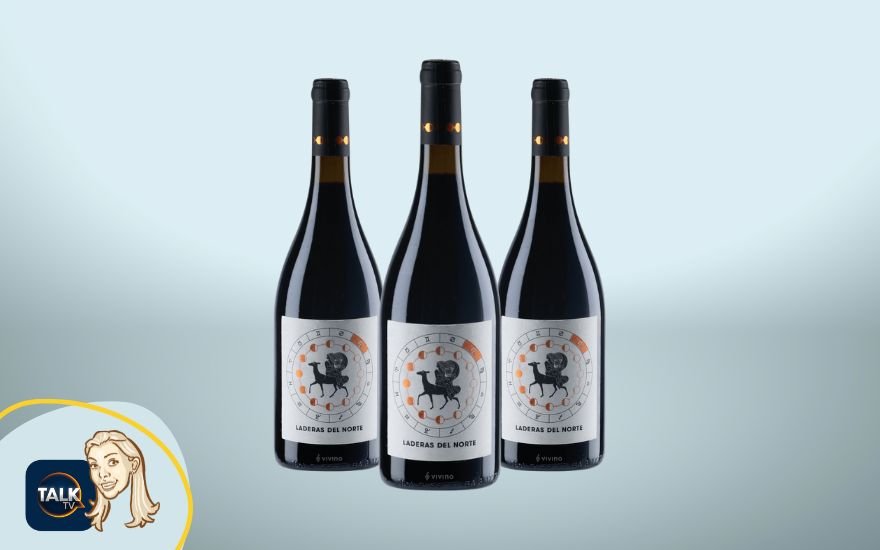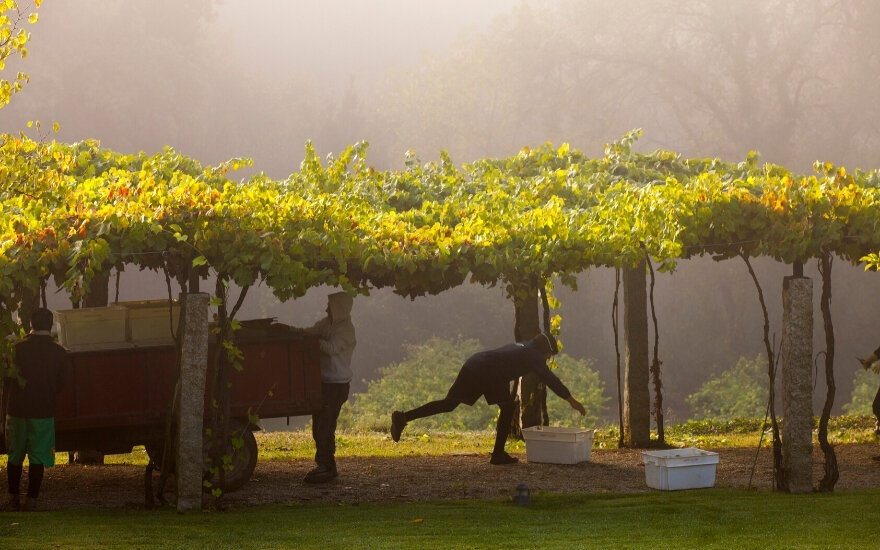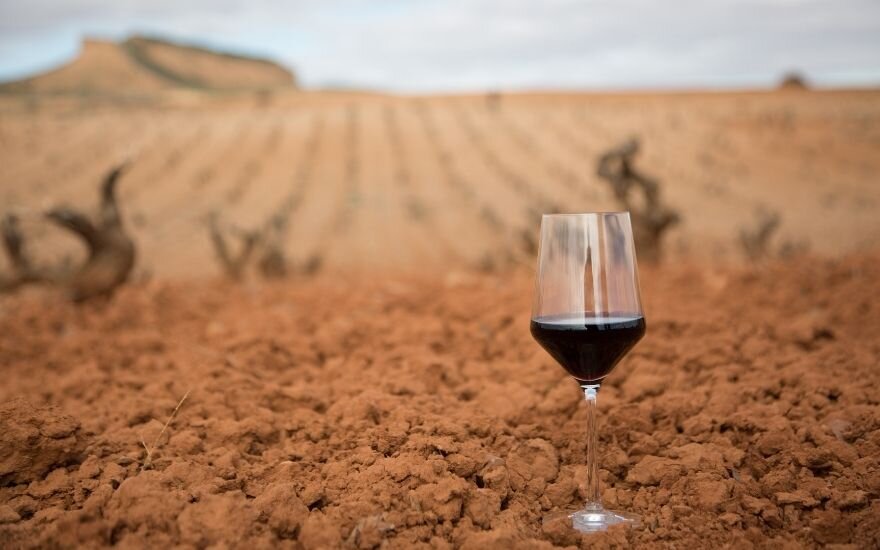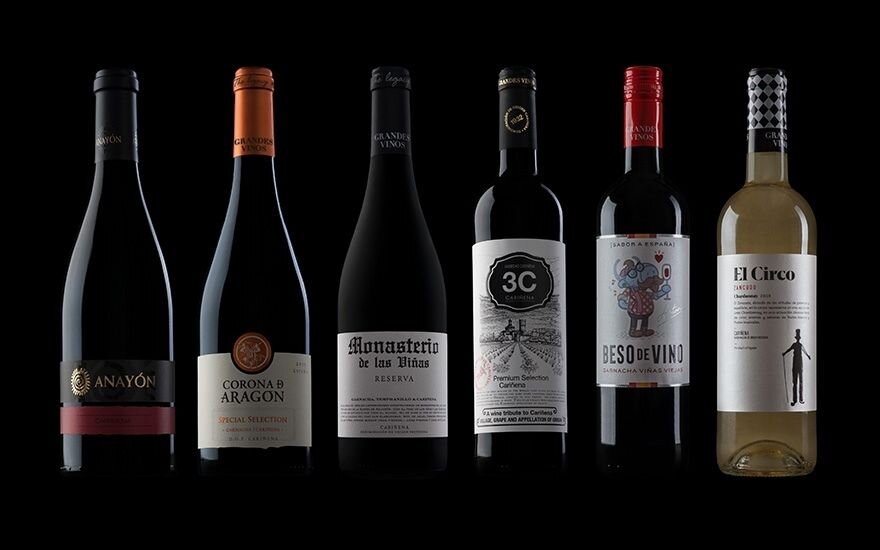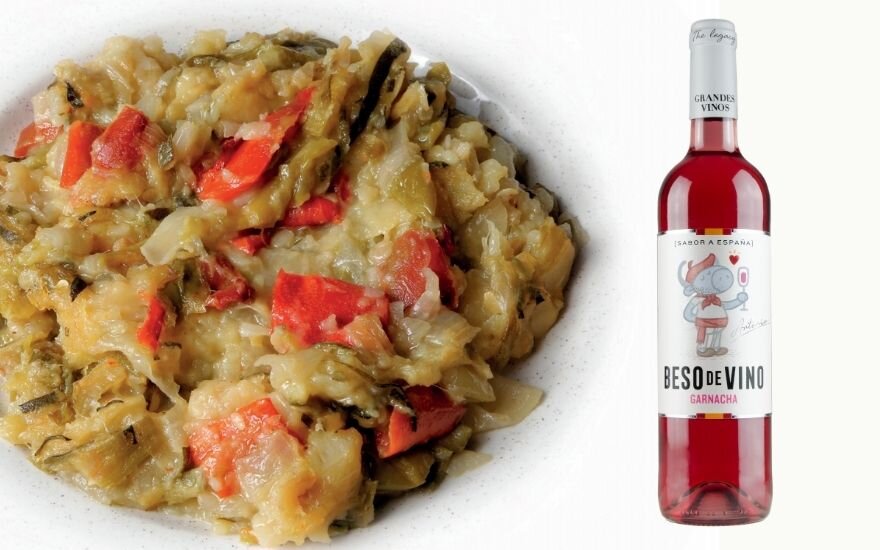The Albariño grape’s spiritual home is in the wet, green and blustery region of Rias Baixas within Galicia, northwestern Spain. A mixture of the cool climate, proximity of the vineyards to the sea, lots of granite soils and the grape’s own characteristics give wines that are famously saline and lemon citrusy with notes of peach and a bitter kick on the finish. If you consider that what grows together, goes together then it should be no surprise that fish and seafood is king when asking what goes best with Albariño.
Albariño can be made in various styles from zesty, youthful and lemony to more creamy, peachy, gastronomic wines. You can now even find sparkling Albariño! Here are some recipes that will pair perfectly with the three key styles of Albariño wine from this article featuring the iconic wine producer, Mar de Frades. Each recipe makes enough for four people.
Youthful, zesty and saline Albariño
Eat: Wine-steamed mussels & baguette
Drink: Mar de Frades Atlantico Albarino 2022 - £17 from Tesco
If you’ve ever eaten steamed mussels fresh off the boat or even better, while still on the boat, then you’ll know the easiest and freshest way to eat them is with a splash of the white wine, garlic butter and a baguette.
All you need to do once you have scrubbed the mussels and removed the wafty beard bit, is drain them, set aside and then lightly fry the chopped garlic and shallots in butter in a heavy-based pot until just brown. When they are, add a splash of Albariño and stir for a few seconds before adding the mussels and half a glass of wine. Allow to steam for 4 minutes. Discard any closed ones, pour the juice over the top and serve with a buttered baguette and delicious cool glass of Albariño.
Ingredients:
Mussels x 4 handfuls
Finely chopped garlic x 2 large cloves
Knob of butter
Salt & pepper to season
Parsley to garnish (optional)
Richer, peachy, gastronomic Albariño
Eat: Slow and low, peachy, pulled pork baps
Drink: Mar de Frades Finca Valiñas 2108 - £32 from The Great Wine Co.
Pulled pork is one of those dishes that makes you think of high end gastro pubs; when they’re done well, and paired with a decent, cool glass of white wine, they are pure heaven! With a richer, creamier style of Albariño such as this single vineyard offering from Mar de Frades that has had more time on its lees to add texture, you can go a little heavier with the dish. Enter slow and low, peachy pulled pork!
To make this dish, first rub the pork shoulder with the blended combination of paprika, cumin, pepper, salt and sugar. Place it in a large casserole dish with the skin-side up before adding in the white wine. Cover and cook in the oven at 150C (130C fan) or Gas mark 2 for 4-5 hours until it looks like it’s falling apart. Check it every 45 mins or so to make sure it;s not drying out. You can always add more wine if needed! Remove when done, then place the pork into a large dish, pouring the cooking juice over the top. Remove the skin and shred the pork with a couple of forks, removing excess fatty bits. Leave to rest for a few minutes to blend up some good, smoky barbecue with the flesh of one ripe peach and a pinch of salt. Stir it through the pork rto coat it before serving on a fresh white bap, perhaps some slaw and extra sauce on the side and of course, a glass of gastro Albariño.
Ingredients:
2.5kg boneless pork shoulder
2 tsp smoked paprika
2 tsp ground cumin
2 tsp pepper
2 tsp brown sugar
1 tsp salt
2 small glasses of Albariño wine
White bread rolls
Traditional Method Sparkling Albariño
Eat: Pan fried scallops in lemony butter
Drink: Mar de Frades, Val do Salnès, Sparkling Albariño Brut NV - £29.50 from Great Western Wine (or £26.55 when you buy 12)
Scallops are a staple in Rias Baixas and there’s nothing so simple and decadent as a freshly seared plate of them served with a cool glass of saline, citrusy Albariño - especially if it’s a sparkling Albariño! For this dish, the salinity and freshness of the bubbles combined with their subtle, brioche note complement the lemony butter and fleshy scallops so beautifully.
There’s no need to faff around to cook the scallops here; All you need to do is add some butter to a non-stick, thick-bottomed pan, warm it on a medium heat, then add the scallops, turning the heat to high and seasoning each side with a pinch of salt. Leave for three minutes or until golden, flip over and sear the other side for another minute or two, seasoning that side. Remove the scallops with tongs and put to the side on a plate.
Add a knob of salted butter with a squeeze of lemon juice and a small splash of wine to the pan, stirring to combine the cooked bits. Add the scallops back in and baste them for a few seconds before plating up and serving with wild rice, crusty bread or even skinny fries. Deliciousness!
Ingredients:
‘Dry’ Scallops, side muscle remove x 16
Knob of salted butter
Salt & Pepper
Chilled glass or two of sparkling Albariño
For your expert, one minute guide to Spain’s flagship white grape, Albariño, click here! For more on the three styles of Mar de Frades Albariño, click here.

